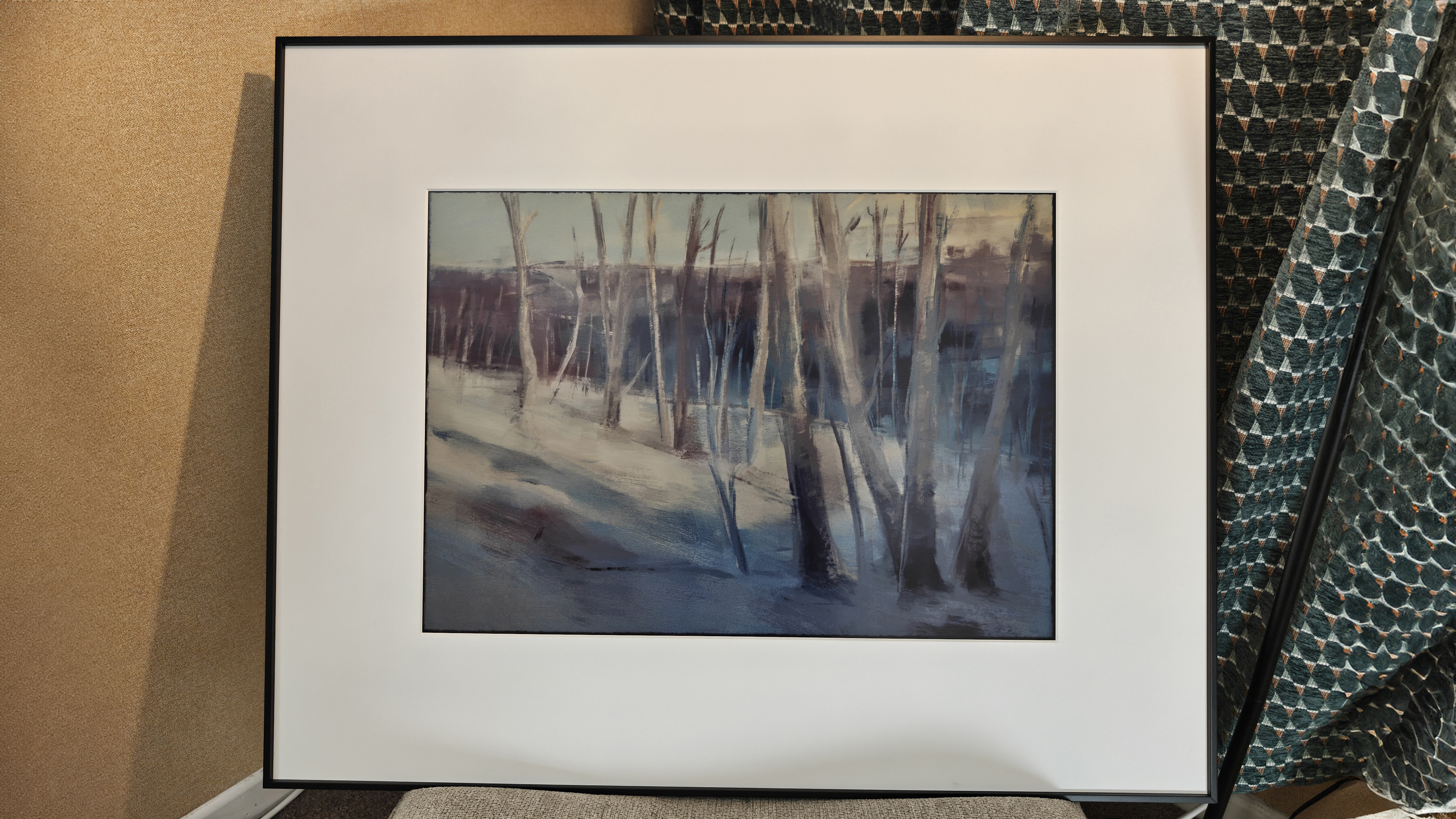How Crytek’s 25-year journey can inspire the next generation of game artists
First-ever documentary is crammed with lessons for aspiring game artists
Crytek, the developer behind Far Cry, Crysis, and CryEngine, has released a surprise gift for artists and game designers alike: a new documentary series celebrating the studio’s 25th anniversary, and it uncovers some interesting creator stories and unseen art.
The debut episode, now live on YouTube, offers an unmissable deep dive into how a small indie team in Coburg, Germany, made up of hobbyist coders and art students, went from tinkering with tech demos to redefining what game visuals could be, with Far Cry and, eventually, Crysis.
For concept artists, visual designers, and developers obsessed with how games were and are made, episode one is nothing short of gold dust. It features early sketches, environment tests, and never-before-seen footage of the original tech demo, X-Isle: Dinosaur Island, a lush, prehistoric sandbox that paved the way for Crytek’s breakout success.
"It all started with a gifted PC," says Crytek co-founder Faruk Yerli in the video. "That machine opened up our world."
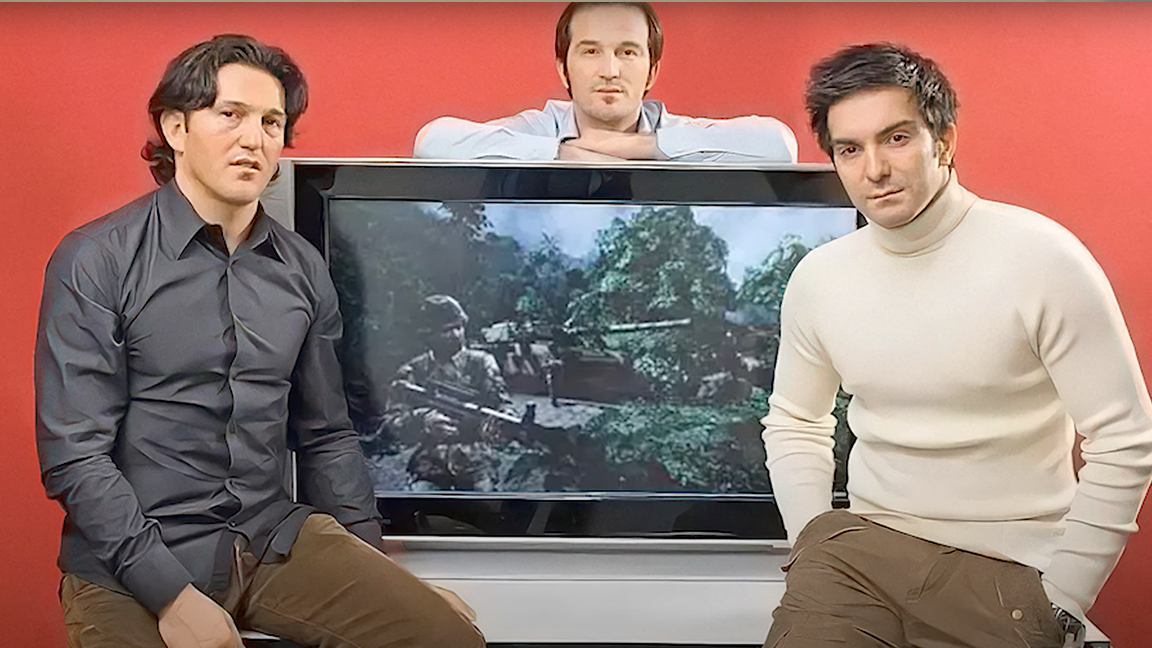
Back to the beginning
Before Far Cry, there was X-Isle. Originally developed to show off Nvidia’s then-cutting-edge GeForce 3 hardware at E3 2001, the jungle-filled dinosaur island wasn’t a game as such; it was a real-time rendering showcase.
While rudimentary by today’s standards, the visuals were a revelation at the time, and for the Crytek team, a visual sandbox for refining their craft. "It wasn’t a product," explains Cevat Yerli in the documentary. "It was a canvas for us to learn and build something new."
(If you’re upgrading your setup, check out our guide to the best Nvidia graphics cards, which can help bring your environments to life with similar detail and depth.)
Daily design news, reviews, how-tos and more, as picked by the editors.
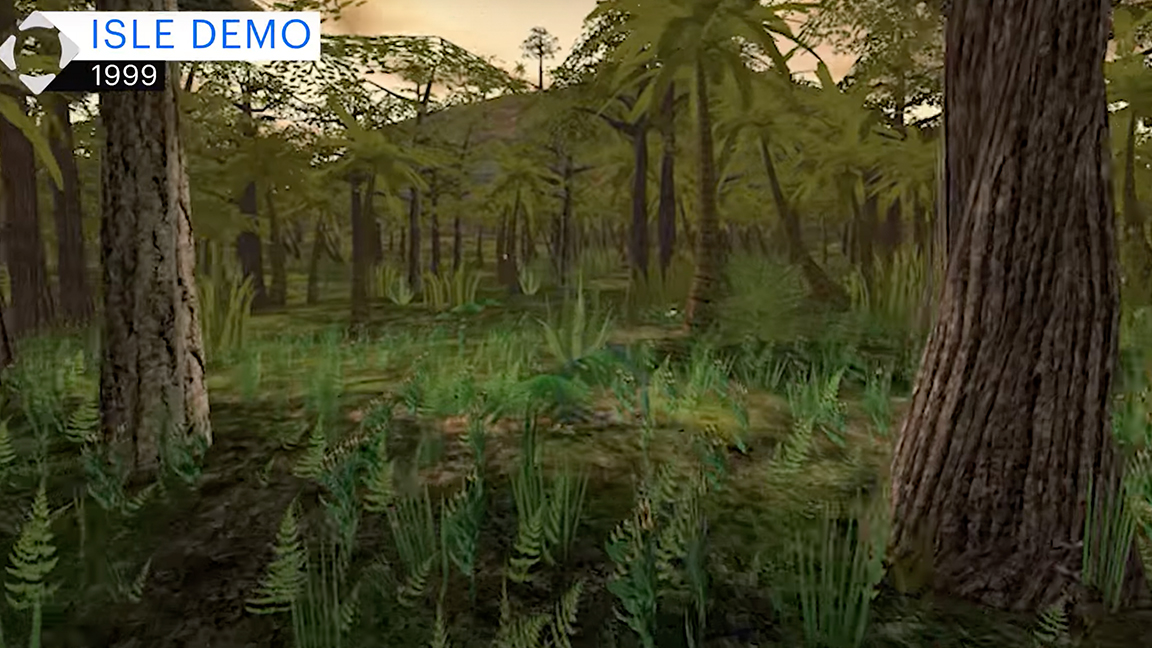
The transition from X-Isle to Far Cry is where the documentary gets interesting for environment artists, game designers, and fans of retro games. With a prototype in hand, Crytek began shaping levels with more intent, including tropical jungles mixed with enemy bases, secret labs, and sniper-filled ruins.
These environments were more than just backdrops; they became storytelling tools in their own right. The documentary overlays early level blockouts and concept sketches with finished gameplay footage, revealing a 1:1 link between the artists' imagination and implementation.
"We didn’t set out to build a game like everyone else," says Lead Designer Bernd Diemer. "We wanted to create a world that looked and behaved the way we imagined it."
Whether you’re learning from Crytek’s level design or diving into your first project, our list of the best game development software is a great place to start building your immersive worlds.
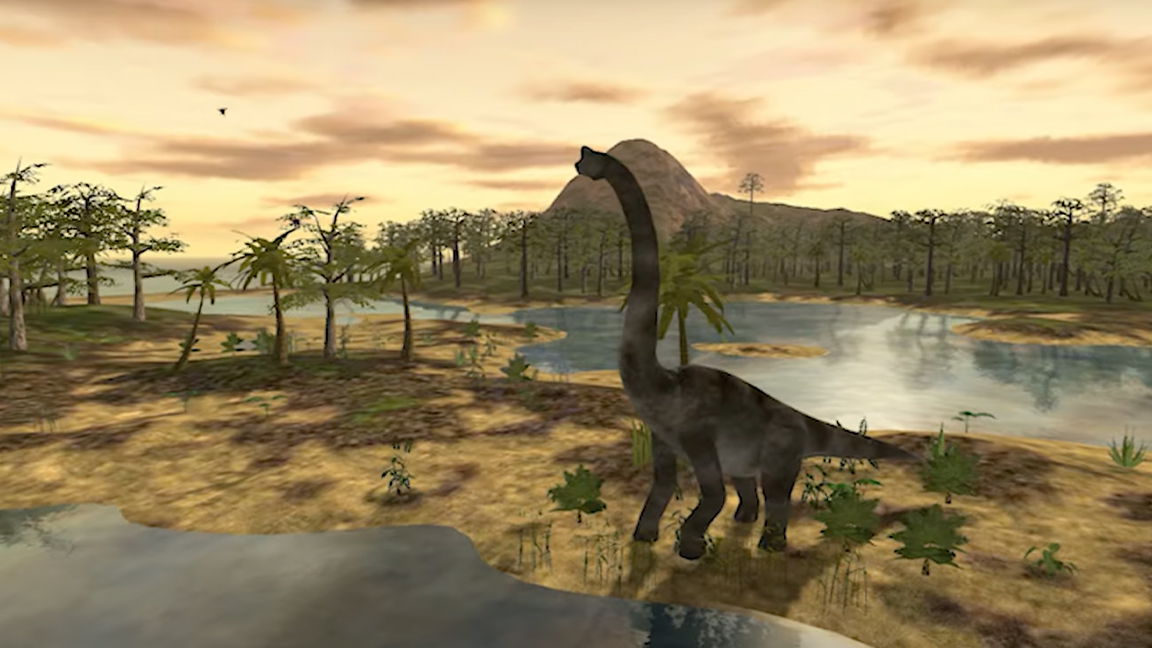
An art-first approach to game design
The episode digs deep into the visual ambition behind Crytek’s early years. We see concept art for the nanosuit, early alien exoskeletons, and even experimental terrain maps using layered shaders and procedural materials. The influence of these designs still resonates today, particularly in modern stylus workflows, whether you're sketching early environments or sculpting assets in Blender or Procreate. (For beginners, our Procreate tutorials for concept art are helpful.)
One key takeaway? The art didn’t follow the game engine; it evolved with it. This fusion of artistry and technology would culminate in Crysis, which became both a visual benchmark and a hardware stress test.
"Crysis became this monster," recalls Cevat Yerli. "We knew it was going to challenge people’s expectations of what games could look like."
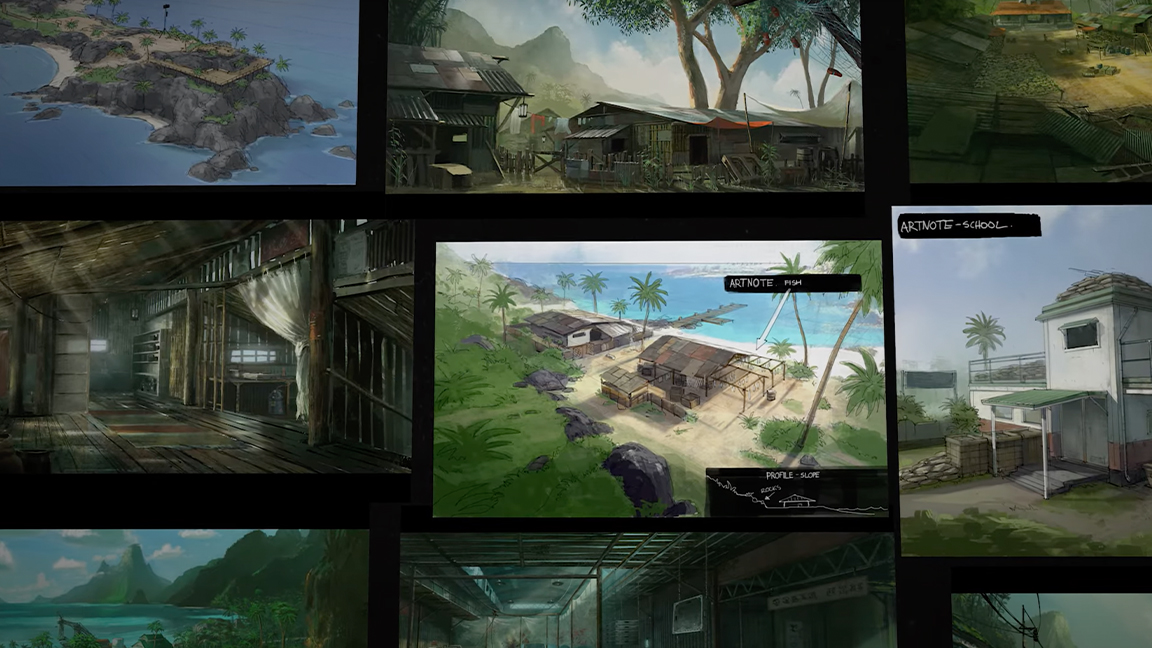
Crytek’s story is more than a history lesson; it’s a blueprint for anyone making the leap from hobbyist to indie game creator. The grassroots nature of the team's beginnings resonates today, where some of the best indie games are crafted by small teams with bold ideas and strong visual identities.
And if you’re inspired to start creating after watching, consider the tools you’ll need. We’ve rounded up the best laptops for game development, whether you’re working in Unity, Unreal Engine, or CryEngine itself.
If you’re into world-building, procedural design, or just want to see how raw ideas evolve into genre-defining games, Our Story – Episode 1 is essential viewing. It’s a rare insight into the messy, brilliant early years of a studio that put art and design at the heart of its success.
Crytek says more episodes are on the way, with future entries diving into Crysis, Ryse, and more. For now, this first episode is a vivid reminder that great games often start with little more than a sketch, a shared vision, and the right tools.
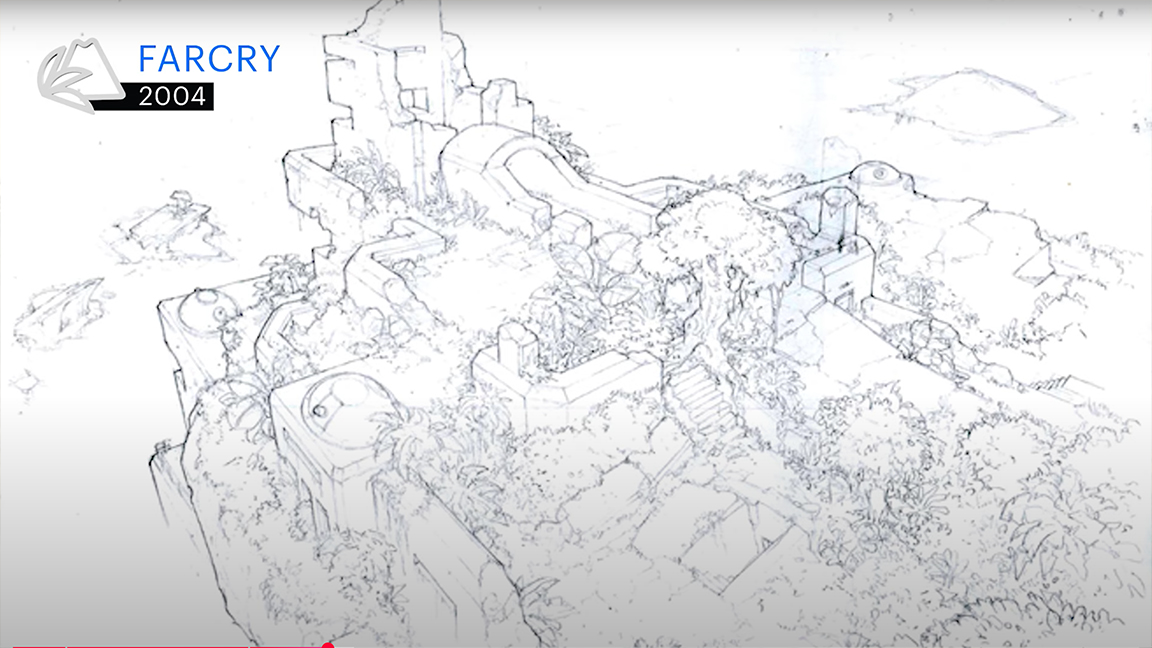
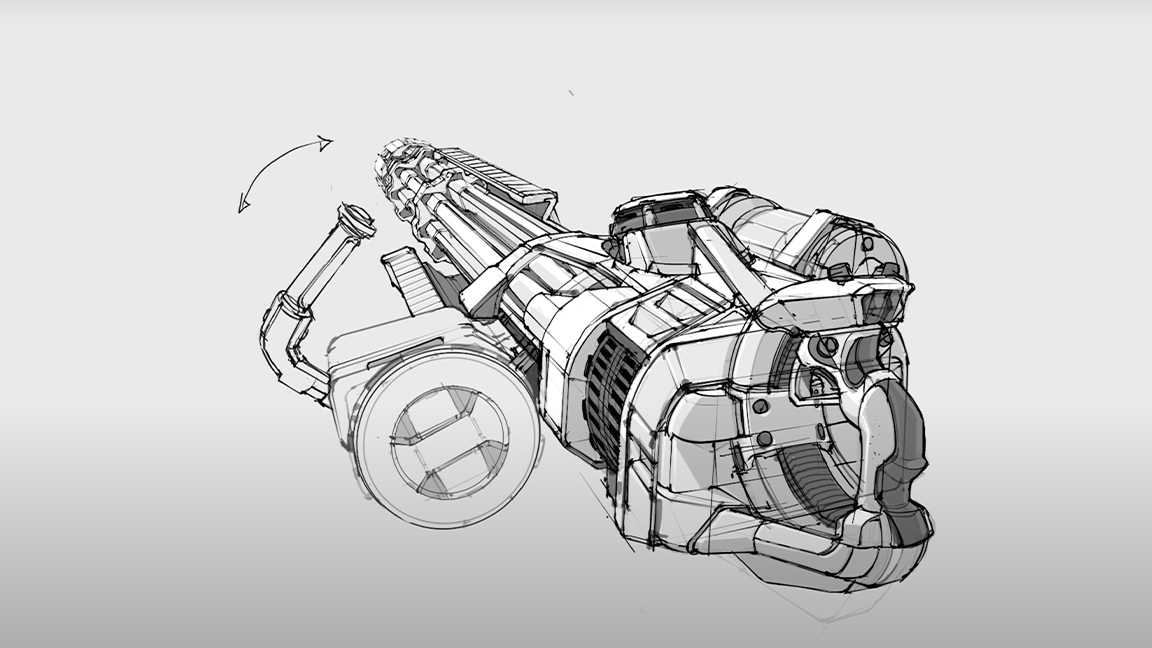
Watch Our Story – Episode 1 – X-Isle: Dinosaur Island to Crysis on YouTube.

Ian Dean is Editor, Digital Arts & 3D at Creative Bloq, and the former editor of many leading magazines. These titles included ImagineFX, 3D World and video game titles Play and Official PlayStation Magazine. Ian launched Xbox magazine X360 and edited PlayStation World. For Creative Bloq, Ian combines his experiences to bring the latest news on digital art, VFX and video games and tech, and in his spare time he doodles in Procreate, ArtRage, and Rebelle while finding time to play Xbox and PS5.
You must confirm your public display name before commenting
Please logout and then login again, you will then be prompted to enter your display name.
